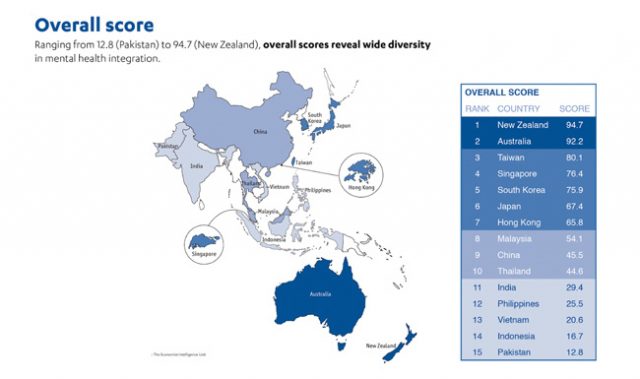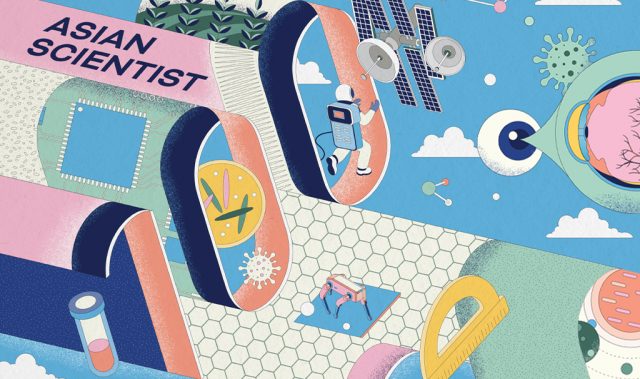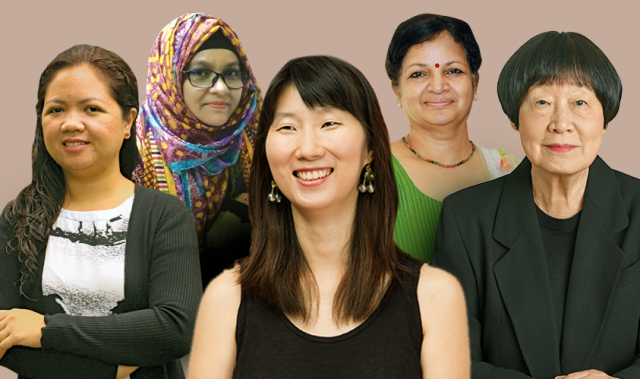
AsianScientist (Mar. 31, 2011) – At a United Nations meeting in Bangkok this week, delegates from 24 Asia-Pacific countries said more work is needed to reverse the HIV/AIDS epidemic, including better prevention efforts and easier access to treatment.
Statistics given by the U.N. program on HIV/AIDS (UNAIDS) shows that regional epidemics appear stable. From 2001 to 2009, infection rates in India, Nepal and Thailand fell by more than 25 percent, while rates in Bangladesh and the Philippines increased by more than 25 percent.
One challenge is the lack of access to often expensive anti-retroviral treatments. Only 30 percent of adults and 44 percent of children who need the treatments are able to get them. Regional director for the U.N. Children’s Fund in East Asia and the Pacific, Anupama Rao Singh says Asian heads of state need to offer more support to HIV/AIDS programs.
Another challenge was the stigma and discrimination of having the disease. Laws in Asia against same-sex relations and that criminalize drug addicts and sex workers undermine prevention and treatment programs, putting more people at risk of infection. UNAID said 19 countries still outlaw same-sex relations and 16 restrict travel for people infected with HIV.
“HIV prevention services still fall short of the level required to reverse the course of HIV in the most populous part of the world. The larger issues of stigma and discrimination, outmoded legislations, inadequate domestic resource commitments and policies that do not adequately take account of equitable access, will remain barriers to effective prevention, treatment, care and support if they are left unaddressed,” Singh said.
Working with high-risk groups is a must to stem the spread of the virus. When speaking to the AAP/Sydney Morning Herald, Murray Proctor, Australia’s ambassador on HIV/AIDS said that new infections were outstripping the response and access to treatment. Australia is currently working with the Vietnamese government to change the way injecting drug users are treated, together with measures in dealing with injecting drug use in prisons in Indonesia.
Finally, funding by various governments must continue. In 2009, funding for HIV fell globally for the first time since 2002. Last year, countries pledged $11.7 billion for the global fund to fight AIDS, tuberculosis, and malaria. This amount represents a major increase, but still falls short of the anticipated amount.
The Asia-Pacific region is home to an estimated five million HIV-infected people, the second highest number in the world after Sub-Saharan Africa.
———
Source: UNAID.
Disclaimer: This article does not necessarily reflect the views of AsianScientist or its staff.











